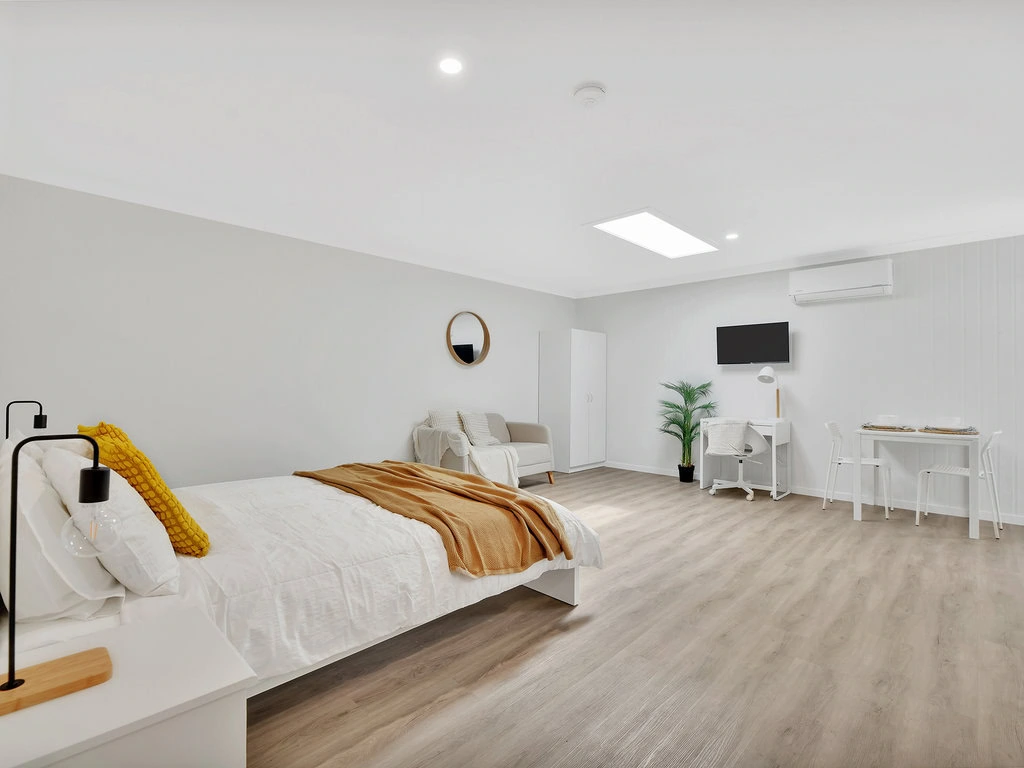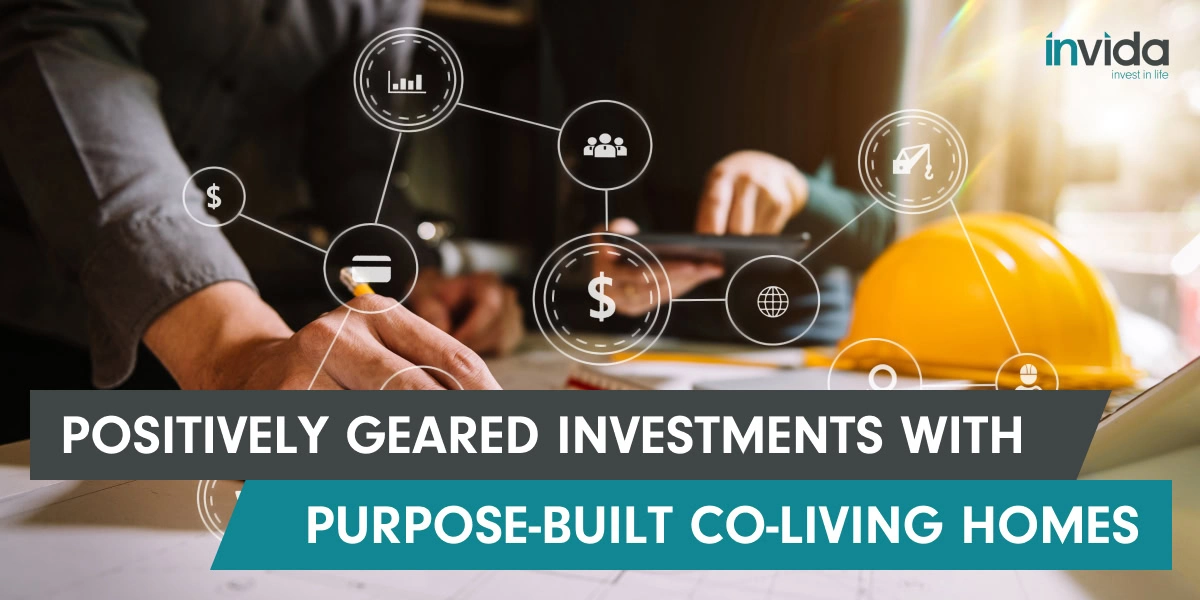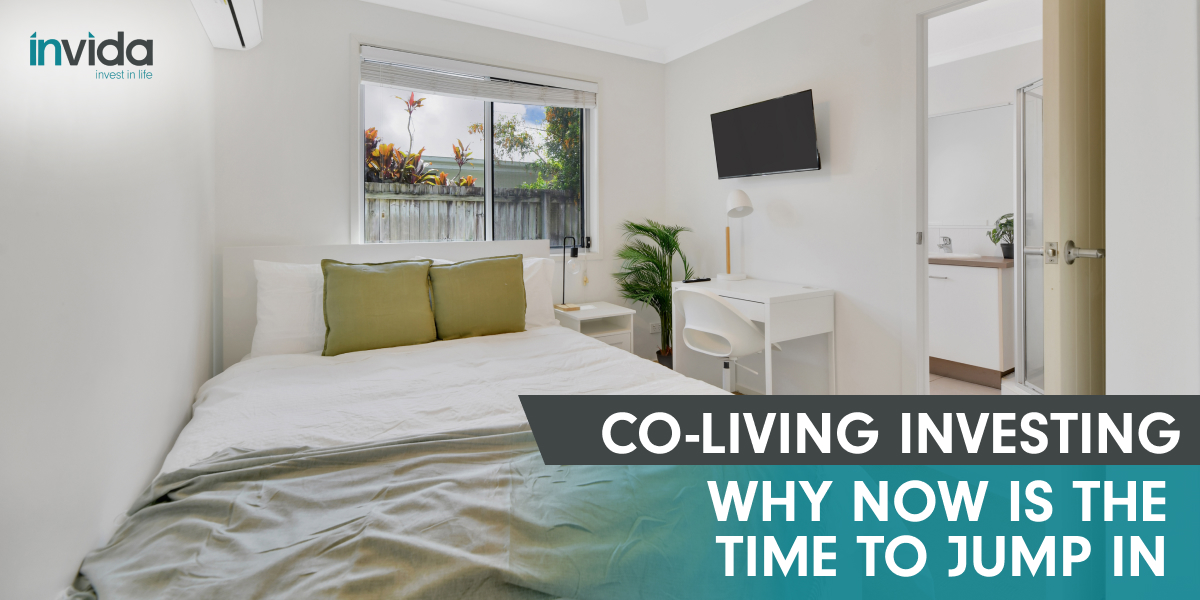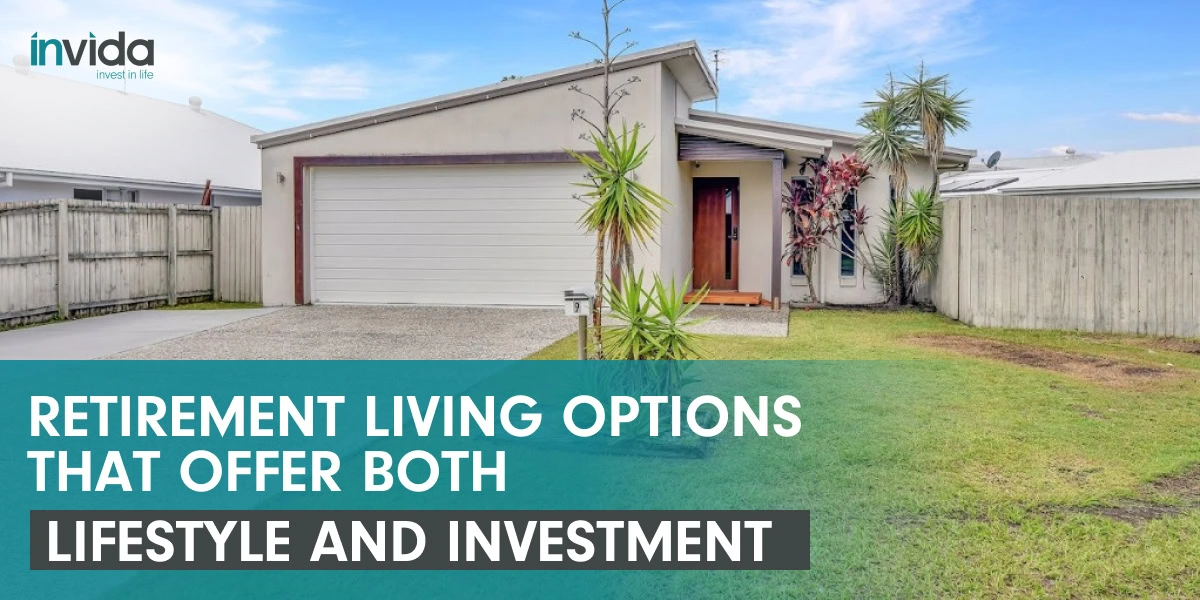If you’re an investor looking for a steady stream of income, one thing you can look into are positively geared co-living homes. These properties are designed to maximise rental income and meet the growing demand for affordable shared housing in Australia. Whether purpose-built or repurposed from an old structure, these homes offer a compelling path to long-term financial success.
What is Positive Gearing?
To understand the benefits of co-living investments, it’s important to start with the basics. Let’s first answer the question of what is positive gearing?
A property is positively geared when the income it generates exceeds the total expenses associated with owning it. This includes loan repayments, maintenance, property management fees and other ongoing costs. Investors in positively geared properties enjoy extra cash flow each month. This surplus can be reinvested, used to pay down other debts or simply boost day-to-day finances.
Positive gearing contrasts with negative gearing. The latter is where the investment runs at a loss in the short term and with investors hoping to gain through long-term capital growth. Both strategies have their place. But for many investors, especially in today’s interest rate environment, positive gearing offers a more immediate and sustainable financial advantage.
Why Co-Living Homes Can Be Positively Geared
Co-living homes are specifically designed to be shared by multiple tenants, each with their own private space, while sharing communal areas like kitchens and living rooms. This setup enables investors to rent out each room separately, often at a higher combined rental income than a standard lease to a single tenant.
Because of this, positively geared property is much more achievable. In fact, according to industry insights, purpose-built co-living homes can generate net profits of $20,000 to $40,000 annually, even in a high-interest rate environment. Yields of 6% to 15% are not uncommon, far exceeding the average for traditional residential properties.
The consistent demand from professionals, students and others seeking affordable housing solutions adds to the appeal. With more people looking for flexible, community-oriented living arrangements, co-living homes rarely sit vacant for long.
Features of Purpose-Built Co-Living Properties
Unlike traditional investment properties, co-living homes are designed with shared living in mind from the start. Key features include:
- Individually lockable bedrooms with private ensuites and kitchenettes
- High-quality shared full kitchens and common areas
- Utilities and internet typically included in rent
- Layouts designed to balance privacy and community
These features help attract and retain tenants, reduce turnover and ensure a more stable income stream. They also appeal to socially conscious renters who value community living, sustainability and flexibility.
Achieving Positively Geared Outcomes with Real Examples

Let’s look at how co-living properties deliver results. Consider a five-bedroom purpose-built co-living home where each room rents for $300 per week. That’s $1,500 per week in rental income – or $78,000 per year. If your total annual expenses (including mortgage repayments, insurance, management and maintenance) are $50,000, you’re left with $28,000 in positive cash flow.
That’s a clear example of a positively geared property. And because each room is let individually, the departure of one tenant doesn’t significantly disrupt your income – a major advantage over standard rental properties.
Positive Gearing vs Negative Gearing: What’s Right for You?
When comparing negative gearing vs positive gearing, your choice will largely depend on your investment strategy and goals.
Negative gearing may appeal to high-income earners looking to reduce taxable income while betting on long-term capital gains. But it comes with risk – if property values don’t rise or rental income stagnates, the losses mount.
Positive gearing, on the other hand, delivers immediate returns. Co-living homes align especially well with this strategy due to their high-yield, low-vacancy characteristics. They’re ideal for investors wanting stable monthly income or those approaching retirement who value cash flow over long-term speculation.
Key Considerations Before You Invest in Positively Geared Property
While the benefits of co-living are clear, there are a few important considerations:
- Higher upfront costs – Purpose-built homes require more capital for design, construction and compliance.
- More complex management – Multiple tenants mean more leases, more maintenance and greater need for strong property management.
- Lender and insurer requirements – Not all banks or insurers treat co-living homes the same as standard properties, so it’s essential to work with specialists who understand this niche.
Is a Co-Living Property Right for You?
Purpose-built co-living homes present a powerful opportunity for investors aiming to achieve positive gearing. With higher yields, strong tenant demand and built-in resilience against vacancy, they offer the financial consistency many investors crave.
If you’re looking to add a positively geared property to your portfolio, co-living homes are worth serious consideration. If you want to learn more about this investment option, get in touch with our team here at INVIDA. We will be happy to help you determine if this is the right investment opportunity for you.





